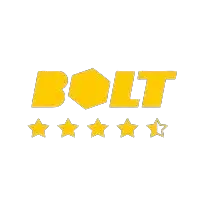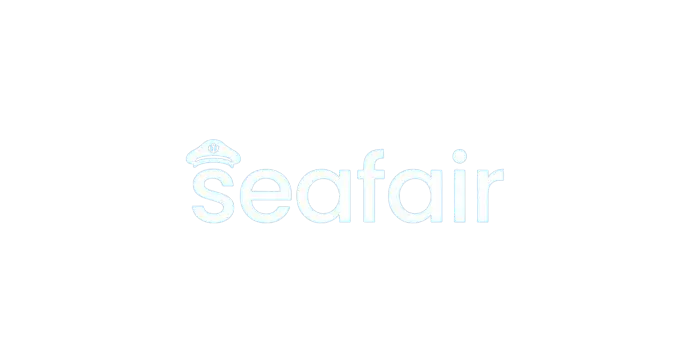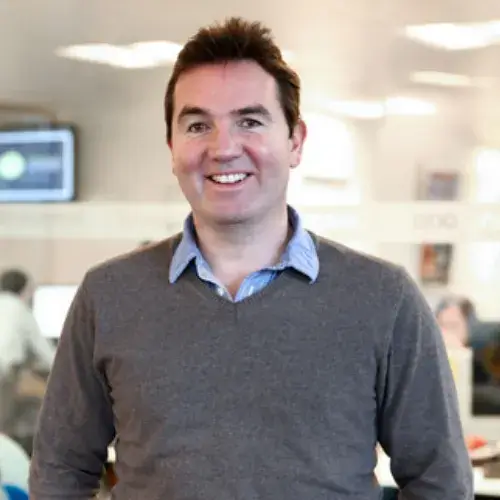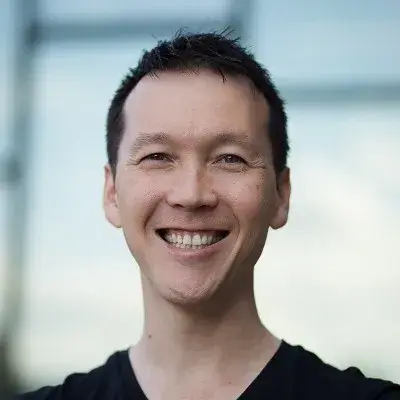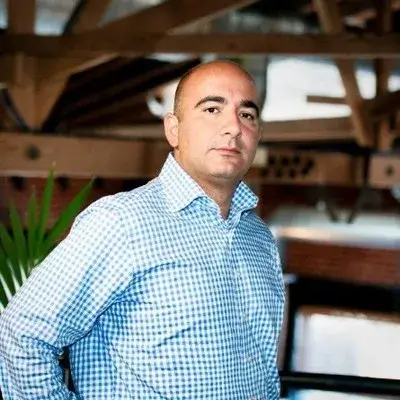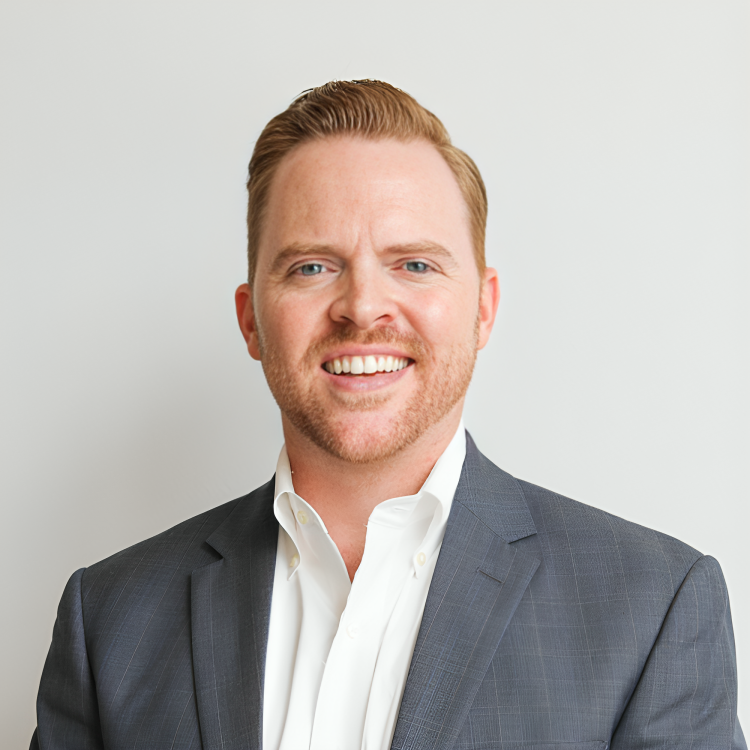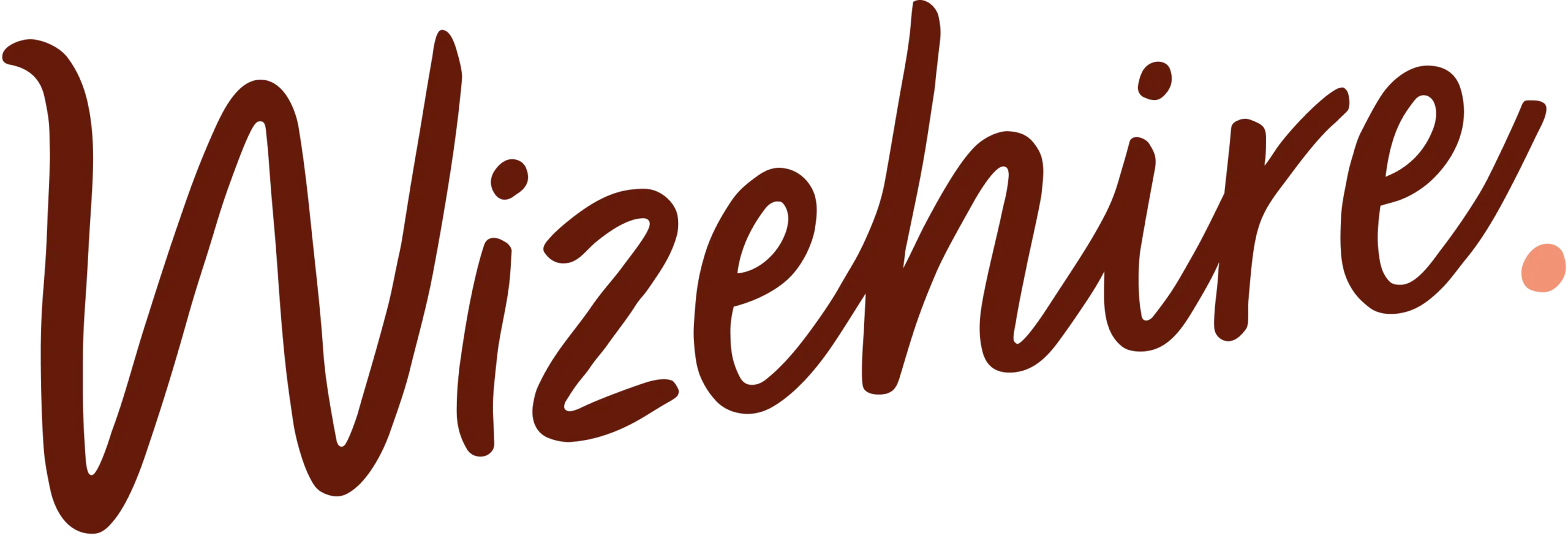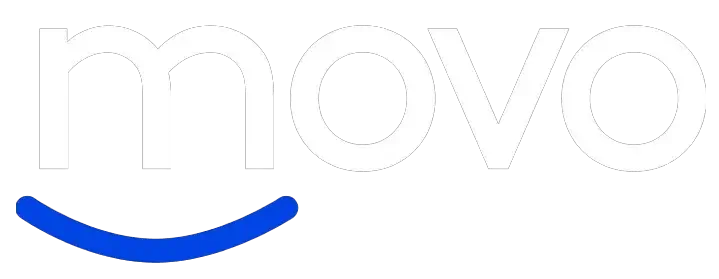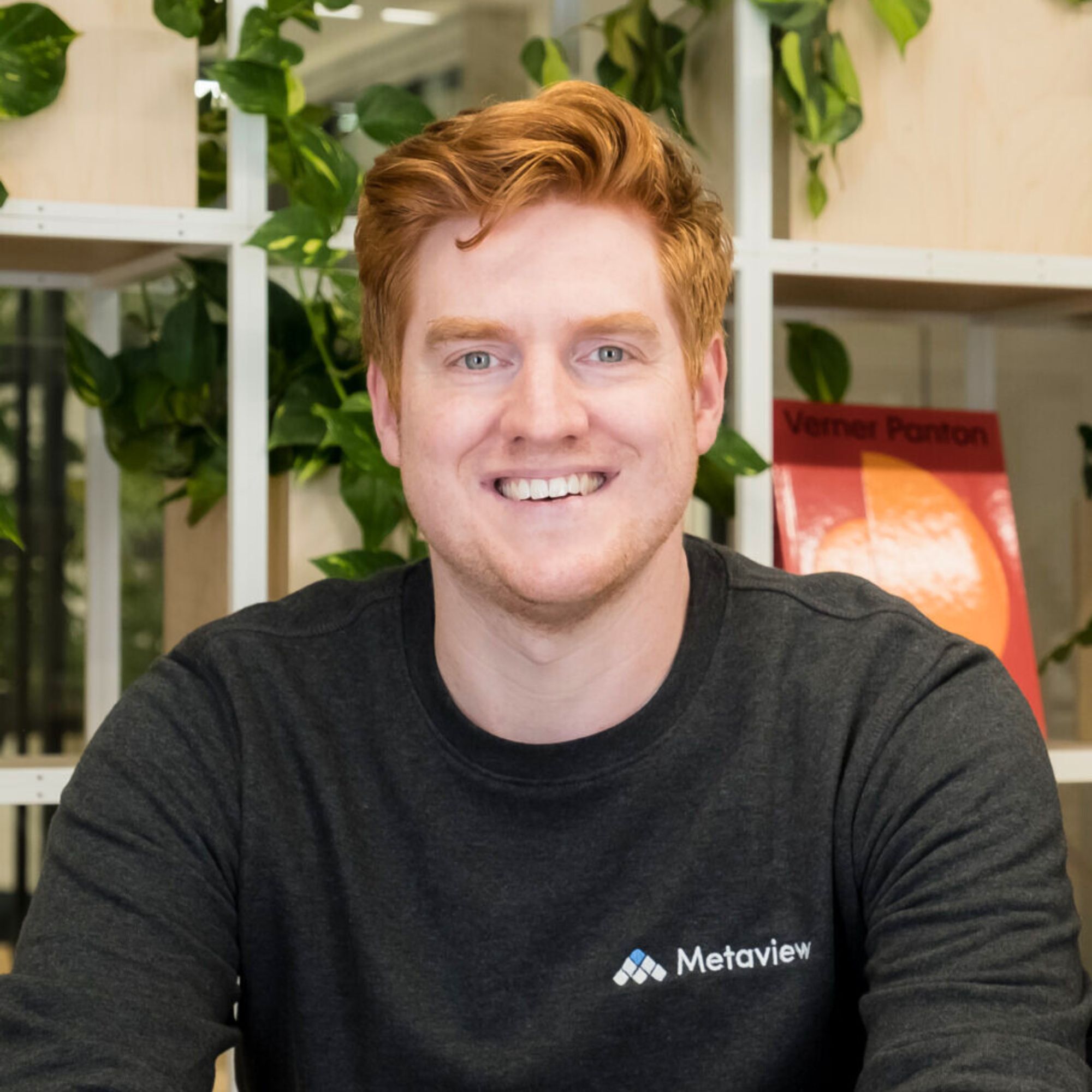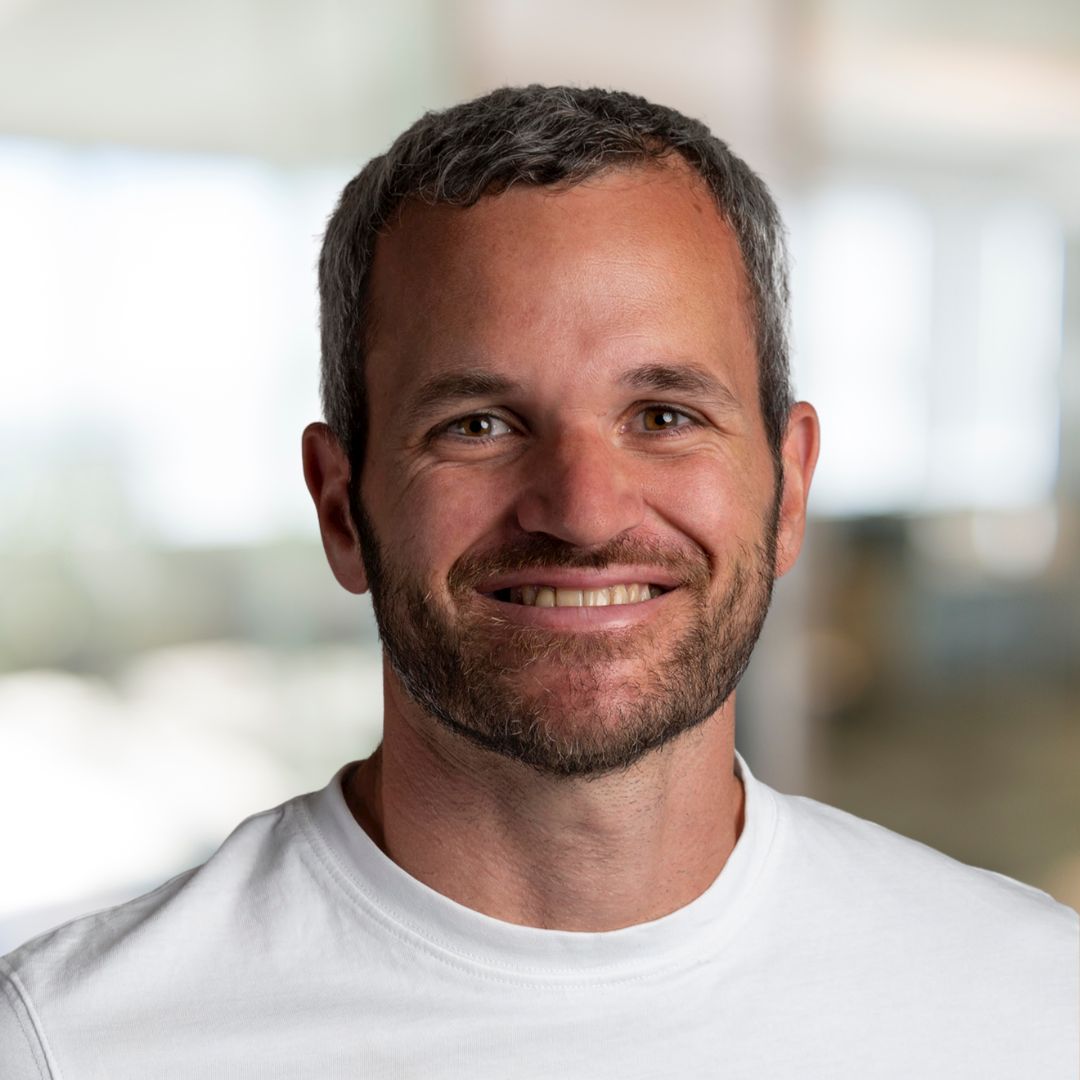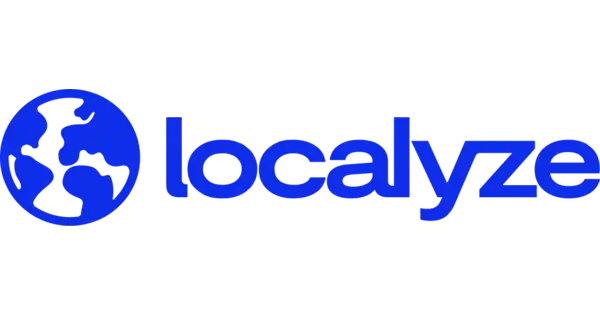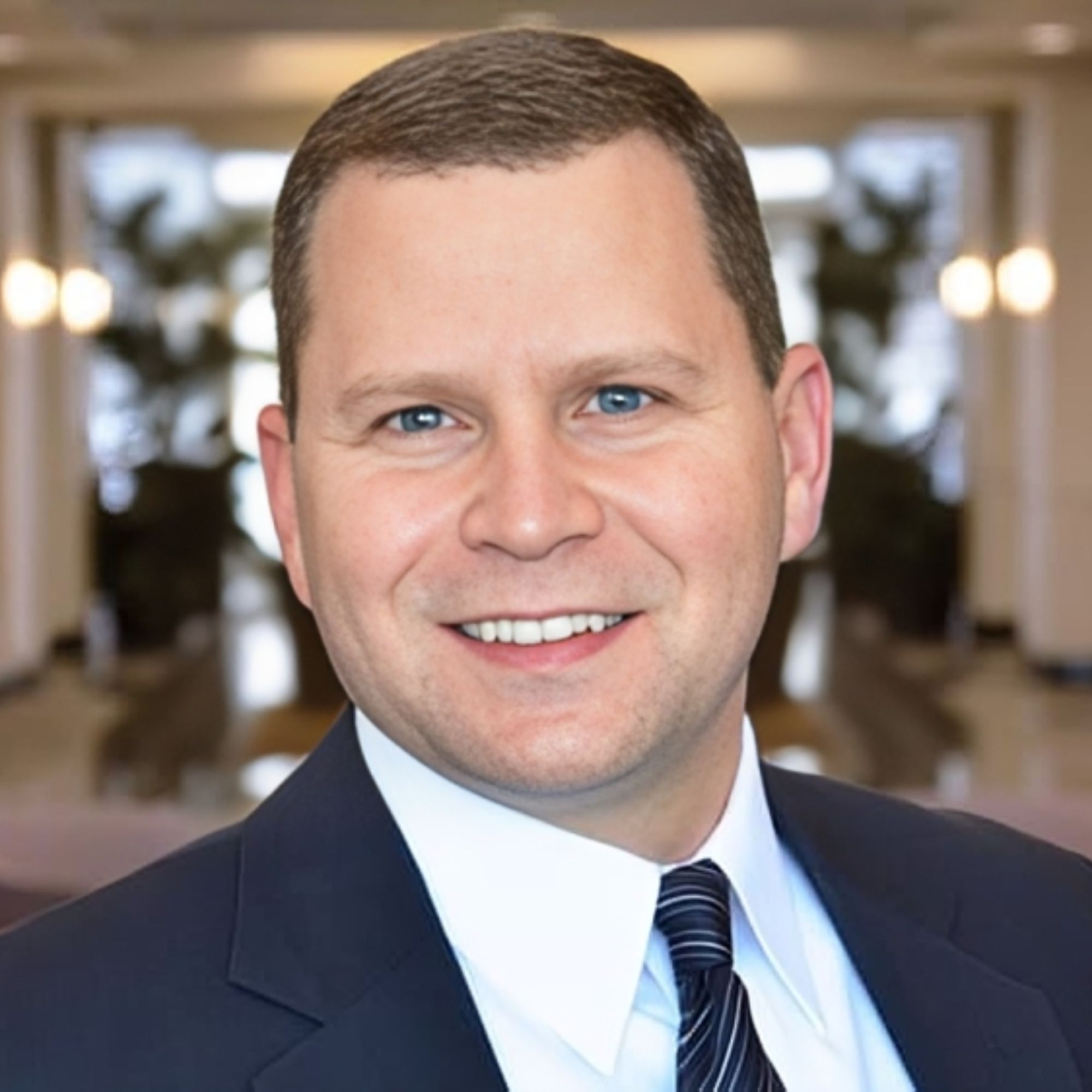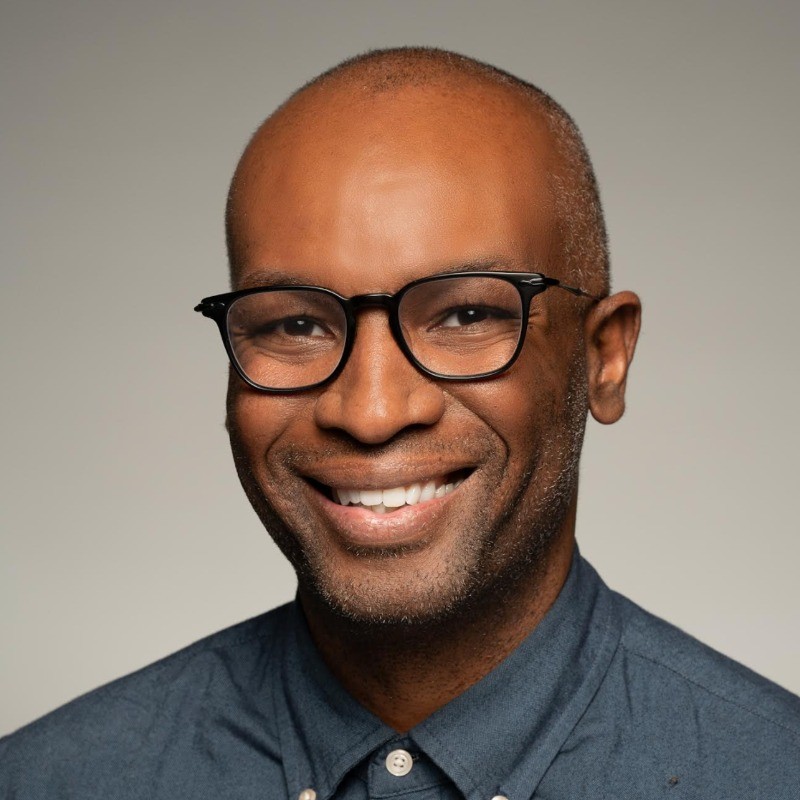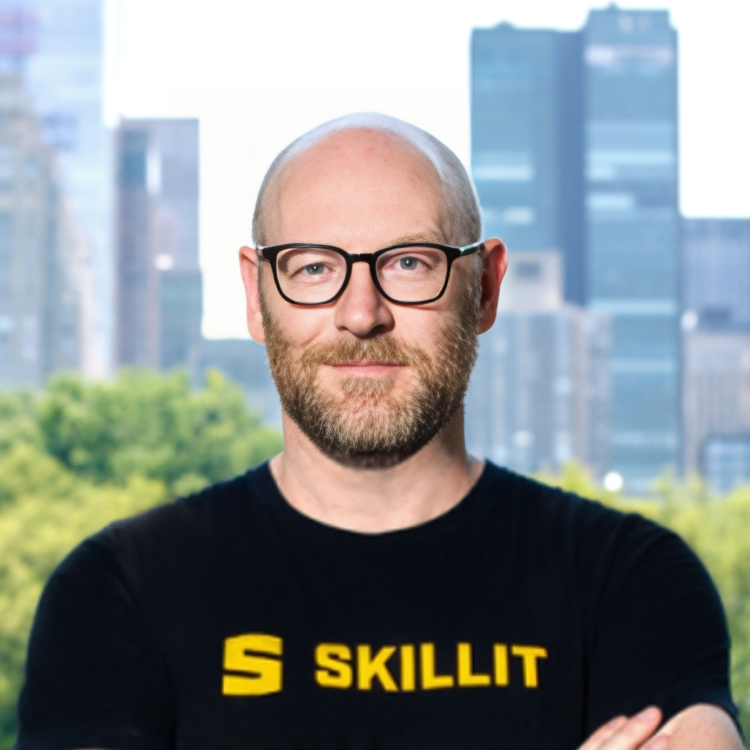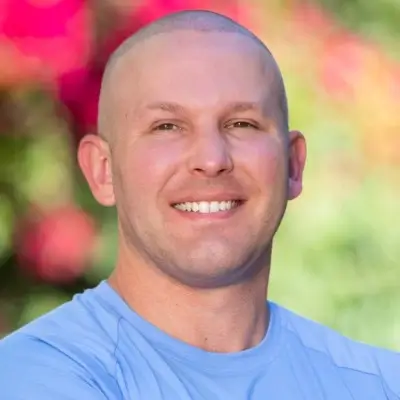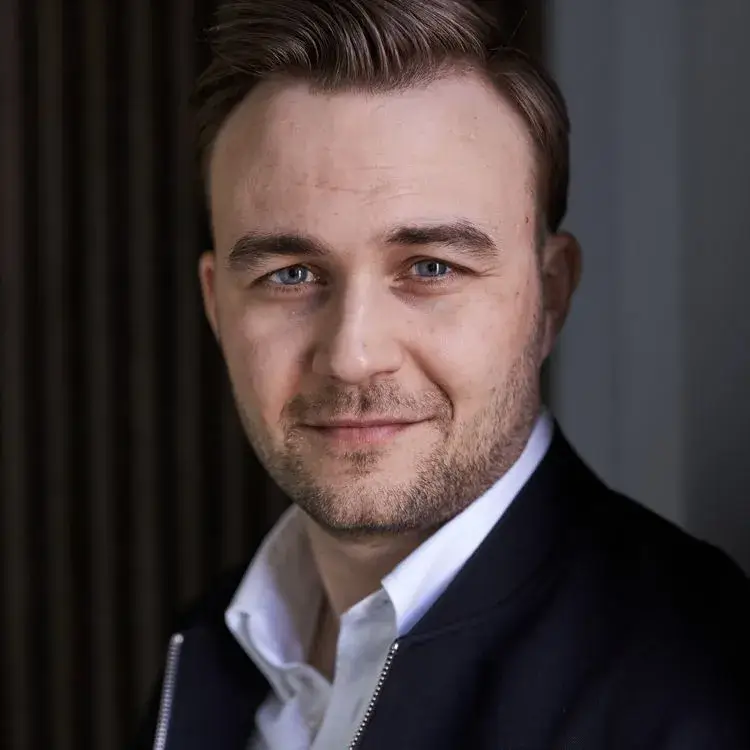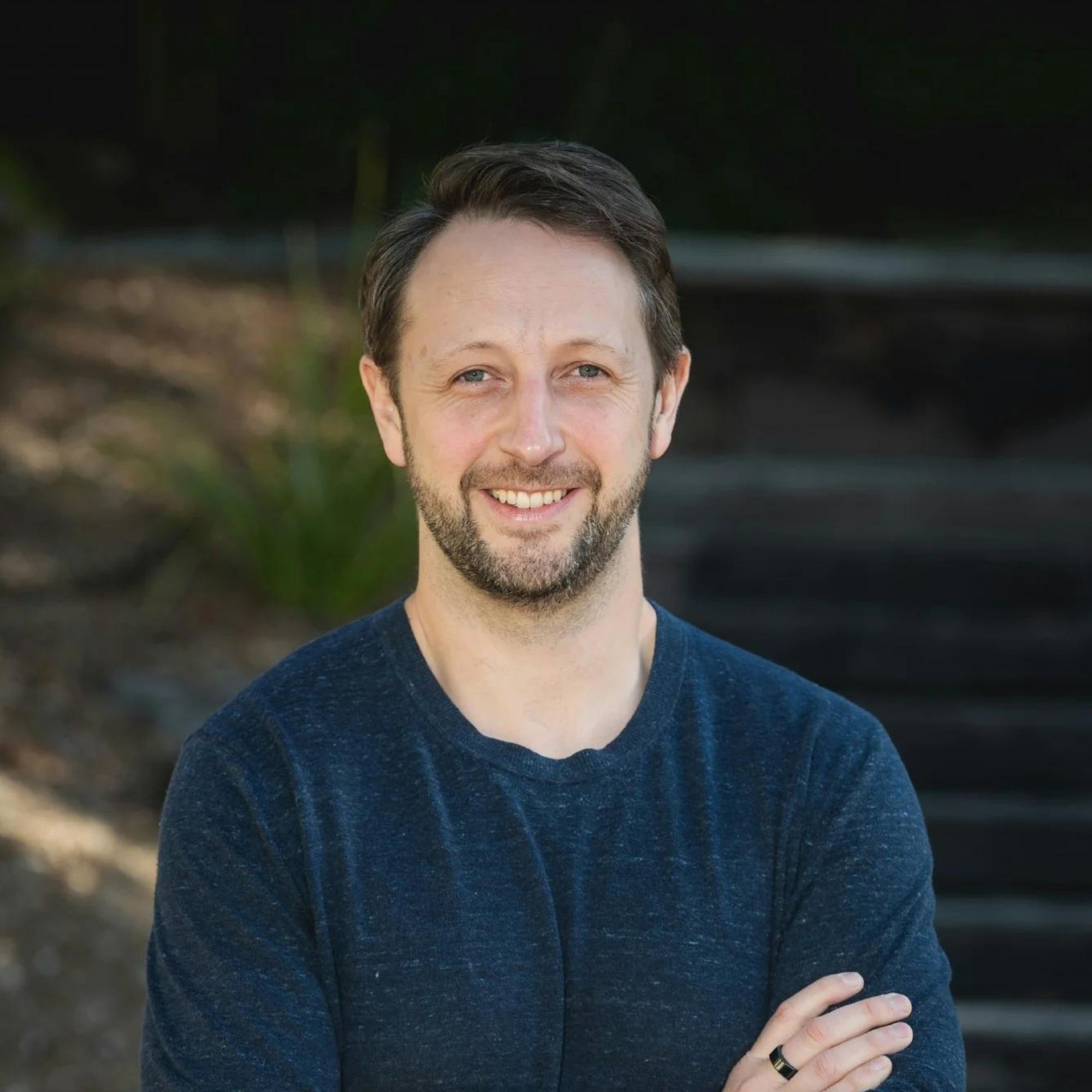Ready to launch your own podcast? Book a strategy call.
Frontlines.io | Where B2B Founders Talk GTM.
Strategic Communications Advisory For Visionary Founders
Conversation
Highlights
Transforming Recruiting Through AI: How engin Is Eliminating the 80% Waste in Hiring
Recruiting is broken. For decades, companies and staffing firms have struggled with a fundamentally inefficient process—one where 80% of time is wasted on interactions with candidates who will never progress past the initial stages.
In a recent episode of Category Visionaries, Sloane Barbour, CEO and founder of engin, revealed how his AI recruiting platform is flipping this equation on its head. With over $4 million in funding, engin isn’t just another recruiting technology; it’s a complete rethinking of how companies and candidates connect in an increasingly noisy job market.
From Cold Calls to Company Builder
Before founding engin, Barbour spent 15 years in the recruiting trenches. His career began in 2005 with what he describes as “old school sales, perhaps a lost art.”
“I got to the office. It was a mass interview, like, where they, like, put a bunch of kids in a conference room and like, boiler room style,” Sloane explains. “Sat down, and a woman named Ann put a stack of resumes on my desk and gave me a script and said, read this and plug in this guy’s name.”
That baptism by fire forged Barbour’s understanding of what works—and what doesn’t—in recruiting. He climbed the ranks to eventually manage 60+ salespeople and recruiters, an experience he describes as “incredibly fun” but also “incredibly high stress.”
“Many of the people who worked in that organization 18 to 24 months were, you know, making six figures and running their own teams. It was truly a rocket ship type growth,” Sloane recalls. This firsthand experience with both the potential and limitations of traditional recruiting would later inform his approach to building engin.
Identifying the 80% Waste Problem
The fundamental problem in recruiting isn’t just inefficiency—it’s structural waste built into the process itself.
“Companies and recruiting firms spend about 80% of their time speaking to and interacting with candidates who are never going to move forward past an initial application or phone screen in the process,” Sloane explains. “And this doesn’t work great for job seekers either. Job seekers on average will apply to 80 to 100 jobs just to get four or five interviews.”
The advent of one-click applications and ubiquitous job listings on platforms like LinkedIn and Indeed has only exacerbated the problem, creating what Barbour describes as “incredible noise and not a lot of signal.” The result? “Several billion phone interviews taking place every year and almost 100% of those don’t result in any sort of material next steps.”
Why Previous Recruiting Tech Failed
Recruiting technology has historically underdelivered on its promises, especially to staffing firms. According to Barbour, this failure stems from a fundamental mismatch between deterministic software and the unstructured nature of recruiting data.
“The reason why this was always sort of a lot of hype and not a lot of results is because the underlying technology that existed prior to LLMs was really deterministic,” Sloane explains. “And that’s sort of the opposite of what a job description and a resume are. Job description and a resume are sort of all completely unique and they really even only capture a very small amount of data.”
The result? “Humans ended up having to do all the work.” Even after 15 years of technological advancement, Barbour notes that the best recruiters still only completed “two or three or maybe four deals a month”—essentially unchanged from when he started his career.
The LLM Revolution in Recruiting
The advent of large language models has changed the game, enabling technologies that can contextualize unstructured data at scale and for low cost. This capability is what Barbour believes will finally unlock true productivity gains in recruiting.
“I think this, however, LLMs in particular, and this ability to contextualize unstructured data like job descriptions and resumes at scale and for very low cost is truly a revolution in how recruiters, job seekers and hiring managers can take advantage of technology,” Sloane says.
The Critical Pivot: From ATS to Recruitment Marketing
Perhaps the most significant strategic decision in engin’s journey came about two years into the company’s development. Initially positioning themselves in the crowded Applicant Tracking System (ATS) category—which Barbour now describes as “a knife fight” and “a commodity product”—the team made a crucial pivot.
“We made the decision to position ourselves a little further up the funnel as a recruitment, marketing and automation solution,” Sloane explains. “We discovered that a lot of the pain point, especially with high volume hiring, was not that they didn’t have a system of record to store these applicants in… Their problem was they were not talking to good people, they were not talking to relevant people, they were not talking to people quick enough.”
This repositioning aligned engin with where companies were already spending more money—about three times more than they invested in HR tech—and allowed the platform to create significantly more value while integrating with existing systems rather than trying to replace them.
Building a Marketing Engine That Works
For marketing, engin has largely abandoned traditional outbound campaigns that Barbour says have been “beat down” over the years. Instead, they focus on founder-led content and thought leadership.
“Every time I post something that takes me 10 minutes to write up, you know, but maybe almost 20 years to be able to write that thought because of my experience in the space… it very clearly resonates with people,” Sloane says.
This approach, supplemented by a “robust partner network” with integrations and co-selling opportunities, has proven more effective than traditional outbound methods.
The Future of Work: AI’s Role in Transformation
Looking ahead, Barbour envisions a workforce undergoing unprecedented transformation, with AI playing a central role.
“The job, the labor market in the US and globally is going to undergo the most significant and jarring transformation in all of the history of mankind,” Sloane predicts. “And I think it’s going to be incredibly scary for workers, for employers, and for the staffing and recruiting firms who service these markets.”
In this future, engin aims to help shepherd workers, employers, and recruiters through a transition where “that job that is going to exist three to five years from now, 80 to 85% of them don’t exist today.”
Rather than automating away human roles, Barbour sees AI as enhancing what makes work meaningful: “I think if we can spend more time on those uniquely human things, like being able to meet new people like we just did today, and have a great conversation, and we have AIs running around behind us doing all the busy work that we don’t want to do, that piles up on our to do list. I actually think that’s a pretty good world to live in.”
By addressing the fundamental inefficiencies in the recruiting process and leveraging AI to eliminate the 80% waste, engin isn’t just building another recruiting tool—it’s positioning itself as a guide through what may be the most significant transformation in the history of work itself.
Actionable
Takeaways
Position where the pain and budget intersect:
Sloane repositioned engin "up the funnel" from the commoditized ATS space to recruitment marketing and automation, where companies were spending 3x more and experiencing greater pain points. He explained: "Their problem was they were not talking to good people, they were not talking to relevant people, they were not talking to people quick enough." By addressing the quality issue rather than simply building "a better mousetrap in the ATS category," engin created 3x more value.
Founder-led marketing generates qualified leads:
After experiencing diminishing returns from traditional outbound email campaigns, Sloane shifted focus to founder-led content and thought leadership. "Every time I post something that takes me 10 minutes to write up, you know, but maybe almost 20 years to be able to write that thought because of my experience in the space... it very clearly resonates with people." This approach generates higher quality meetings than traditional SDR-driven outreach.
Create transparent sales processes with clear metrics:
From his experience managing 60+ salespeople, Sloane emphasizes establishing transparency and accountability from day one: "The number one most important thing is transparency of expectations... You have to have visibility into their performance on a daily basis." This includes tracking calls made, emails sent, and meetings booked. Without these fundamentals, scaling a sales organization becomes impossible.
Partner networks accelerate adoption during market transitions:
A key component of engin's marketing strategy is its "robust partner network" with integrations and APIs that enable co-selling. Sloane noted this has been "super helpful for just kind of navigating this AI transition in recruiting and staffing together," allowing them to leverage existing relationships and platforms.
Strategic fundraising requires thesis alignment:
Sloane learned to quickly identify misalignment with potential investors rather than pursuing exceptions: "If you're talking to people more than a call where thesis is off by more than 20%, meaning you're a seed, they're series A... I almost would rather just end the call, 15 minutes, keep them in the phone book for 18 months down the line." This approach prevents wasted cycles with investors unlikely to participate.









